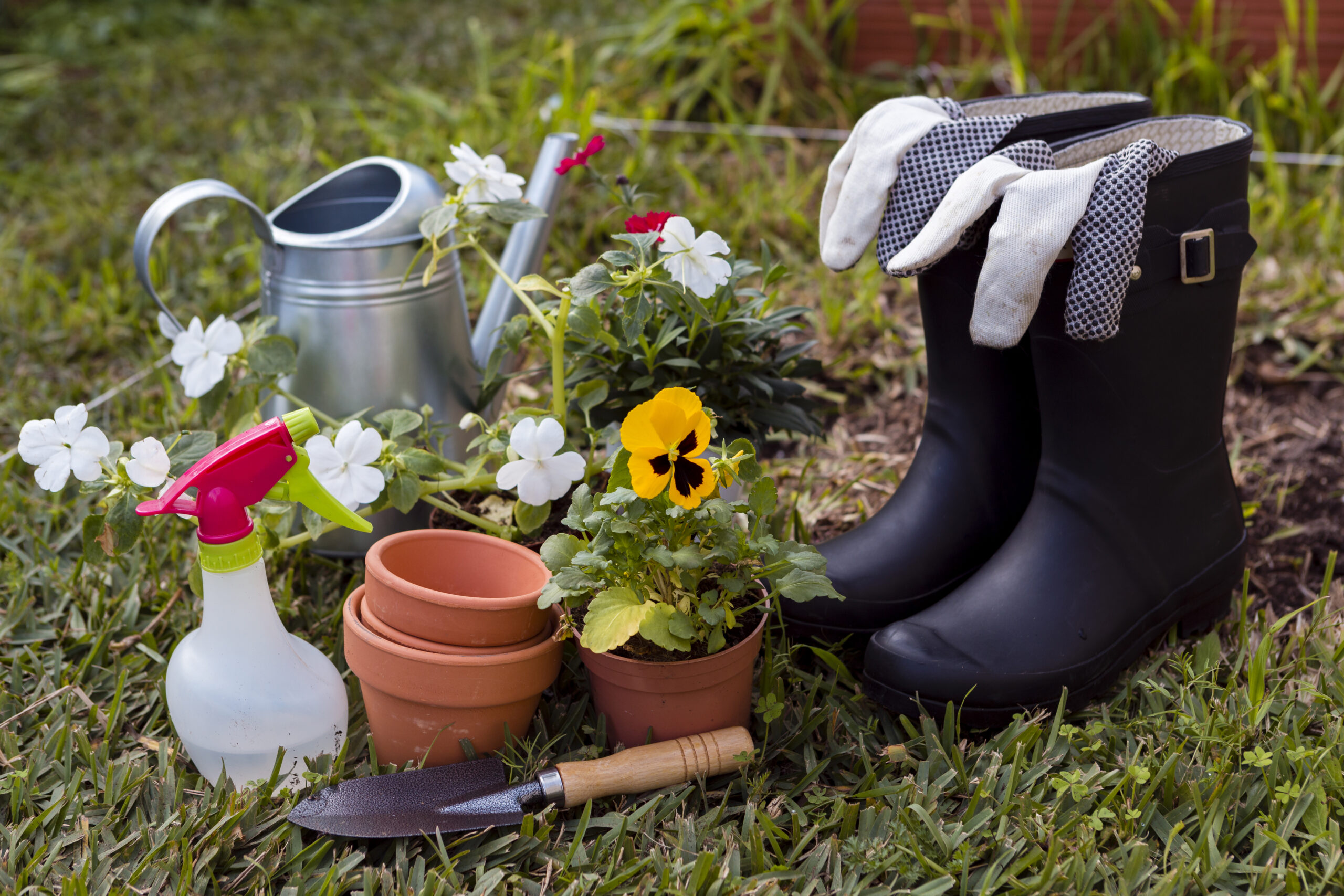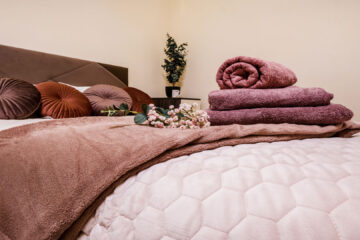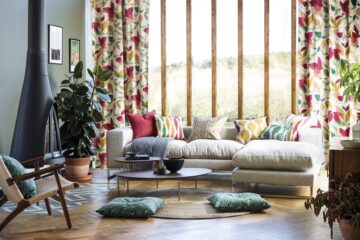In urban environments where space is at a premium, gardening can seem like a luxury. However, with the right strategies and accessories, even the smallest garden spaces can be transformed into lush, green oases. Whether you have a tiny balcony, a rooftop, or a compact backyard, the key to successful urban gardening lies in maximizing the available space while maintaining functionality and aesthetic appeal.
Vertical Gardening: A Space-Saving Solution
One of the most effective ways to maximize a small garden space is by thinking vertically. Vertical gardening allows you to grow plants upwards rather than outwards, making the most of every inch of your space.
- Wall-Mounted Planters: Wall-mounted planters or pocket gardens are perfect for growing herbs, flowers, and small vegetables. They attach directly to walls or fences, freeing up ground space and adding greenery to otherwise unused surfaces.
- Trellises and Arbors: For climbing plants like ivy, roses, or tomatoes, trellises and arbors are essential. These structures provide support for plants to grow vertically, adding height and visual interest to your garden.
- Hanging Baskets: Hanging baskets are ideal for plants with trailing habits, such as petunias, ferns, or strawberries. They add a decorative touch while utilizing vertical space, making them perfect for balconies or small patios.
- Stackable Planters: Stackable or tiered planters allow you to grow multiple plants in a compact footprint. These planters are great for creating a mini vegetable garden or a colorful display of flowers in a small area.
Container Gardening: Flexibility and Versatility
Container gardening is a versatile option for urban gardeners with limited space. By growing plants in pots and containers, you can easily move them around to optimize sunlight exposure and rearrange your garden layout as needed.
- Choosing the Right Containers: When selecting containers, consider the size and material. Larger containers allow for deeper root systems, which is important for vegetables and larger plants. Materials like terracotta, plastic, and metal each have their own benefits, so choose based on your climate and aesthetic preferences.
- Portable Planters: Portable planters with wheels or handles offer flexibility in small spaces. You can easily move them around to follow the sun or create more space when entertaining guests.
- Window Boxes: Window boxes are an excellent way to add greenery to your home without taking up floor space. They’re perfect for growing herbs, flowers, or small vegetables, and they add a charming touch to any window.
- Self-Watering Containers: For busy urban gardeners, self-watering containers can be a lifesaver. These containers have a built-in reservoir that provides consistent moisture to the plants, reducing the need for frequent watering.
Smart Use of Space: Planning and Layout
Maximizing a small garden space requires careful planning and efficient use of every inch. Consider the following tips when designing your small garden:
- Zoning: Divide your garden into zones based on function, such as a seating area, a planting area, and a storage space. This approach helps create a sense of order and makes the garden feel more spacious.
- Multi-Functional Furniture: Choose garden furniture that serves multiple purposes. For example, a bench with built-in storage can provide seating while also storing gardening tools and supplies. Folding tables and chairs are also great for saving space when not in use.
- Mirrors and Reflective Surfaces: Mirrors can create the illusion of more space in a small garden. Place them strategically on walls or fences to reflect light and greenery, making the area feel larger and brighter.
- Lighting: Good lighting can enhance the ambiance of a small garden and extend its usability into the evening. String lights, lanterns, or solar-powered garden lights can add warmth and charm without taking up valuable space.
Plant Selection: Choosing the Right Plants for Small Spaces
In a small garden, plant selection is crucial. Opt for plants that thrive in limited space and offer high yield or visual impact.
- Compact Varieties: Many vegetables and flowers come in compact or dwarf varieties that are perfect for small gardens. Look for “mini” or “baby” versions of your favorite plants, such as baby carrots, dwarf tomatoes, or compact basil.
- Herbs and Edibles: Herbs like basil, parsley, and chives are ideal for small gardens, as they require minimal space and can be harvested continuously. Edible flowers, like nasturtiums or violas, add color and are also functional in the kitchen.
- Succulents and Cacti: Succulents and cacti are great for small spaces due to their low water requirements and compact growth habits. They come in a variety of shapes, sizes, and colors, making them versatile and easy to care for.
- Perennials: Perennials are plants that come back year after year, making them a good investment for small gardens. Choose perennials with a long bloom time or interesting foliage to ensure your garden looks good throughout the seasons.
Maximizing Yield in Small Gardens: Intensive Gardening Techniques
To get the most out of your small garden, consider using intensive gardening techniques that maximize yield in limited space.
- Square Foot Gardening: Square foot gardening divides your garden into square foot sections, with each square dedicated to a different plant. This method ensures efficient use of space and helps prevent overcrowding.
- Succession Planting: Succession planting involves planting a new crop immediately after harvesting the previous one. This technique keeps your garden productive throughout the growing season and maximizes your harvest.
- Companion Planting: Companion planting pairs plants that benefit each other when grown together. For example, planting basil near tomatoes can improve growth and deter pests. This technique allows you to grow more in a small space while enhancing plant health.
Conclusion
Maximizing a small garden space requires creativity, planning, and the right accessories. By incorporating vertical gardening, container gardening, and smart space planning, you can create a lush, productive garden no matter how limited your space is. With careful plant selection and intensive gardening techniques, even the smallest urban garden can yield impressive results. Whether you’re a seasoned gardener or a beginner, transforming a small space into a thriving garden is both rewarding and achievable.




